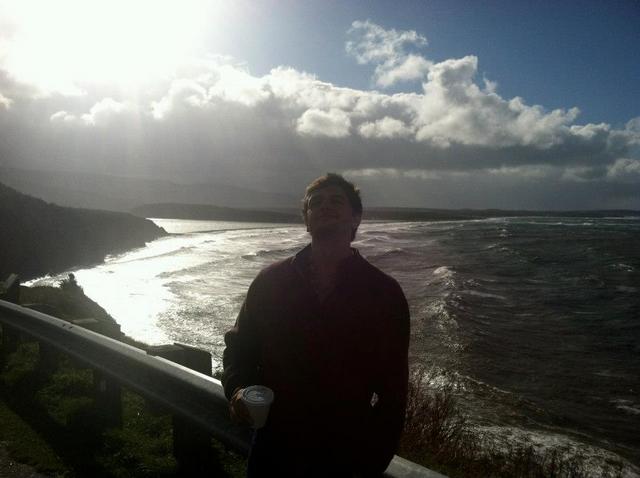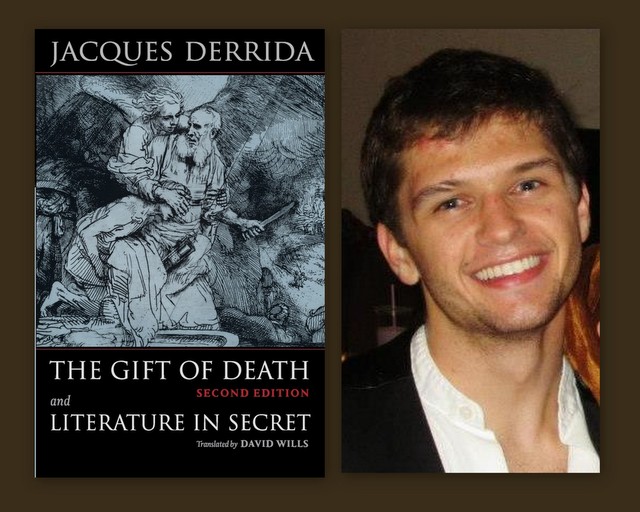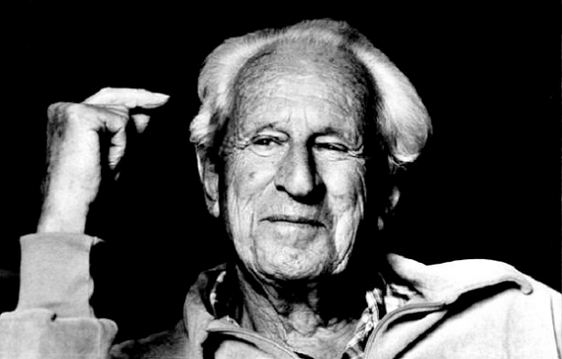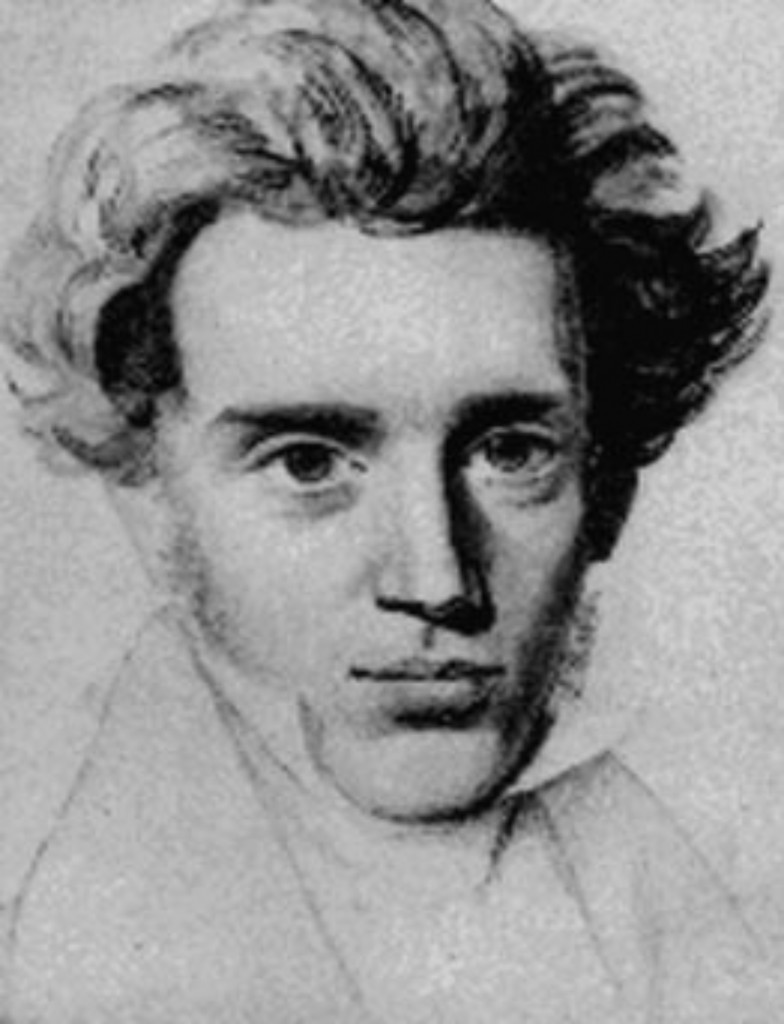
Everything Happens As It Does
Albena Stambolova
Translated by Olga Nikolova from Bulgarian
Open Letter Books
120 Pages, $10.16
ISBN 978-1934824849
.
Everything Happens As It Does by Albena Stambolova is a 120-page novel broken into 54 short, individually-titled chapters. The title of the novel comes from a quotation from Wittgenstein that Stambolova uses as an epigraph: “All propositions are of equal value. The sense of the world must lie outside the world. In the world everything is as it is, and everything happens as it does: in it no value exists—and if it did exist, it would have no value” (Tractatus Logico-Philosophicus, 6.41). Though the novel is not simply an exploration of this utterly Wittgensteinian sentiment, we ought to take note of this idea as we dive into this rich and intellectually dense world Stambolova has created.
In a way, Stambolova invites us to begin her novel by not ascribing value to anything, or by ascribing equal value to everything. She suggests: “This story considers itself the story of everyone… It is simply the story of women and men who are mothers and fathers, sisters and brothers, loved ones and friends… or, in a nutshell, of people who are tigers and lions, oranges and lemons. This story is neither funny, nor sad. It is simply a story that takes place somewhere on the border between the world we know and the world we are no longer very sure about”
Most importantly, this novel is a story. Structurally speaking Stambolova has no less than eight major characters from whose perspective we get a glimpse of the world. Or, put differently: she presents us with eight different worlds contained by individual, yet occasionally overlapping, perspectives. The story of the novel seems to exist somewhere in the midst of these eight characters. In a way, the meat of this story or narrative comes out of the concatenated life-worlds Stambolova presents us with. I’m tempted to use the word weave here, but really the suggestion that Stambolova “wove X with Y” detracts from the real artistry of her play with presence. She is presenting us with these lives, which happen, as any two or three lives will do, to be mingled, mixed, or articulated together. The narrative begotten out of this articulation renders but a snapshot of these lives proper, yet it is only within the articulated whole that we find our story.
Now: What story? We begin and end with Boris, but Boris is by no means the main character or the protagonist. He is a strange child with a predilection toward what smacks of existentialism but often comes out as boredom. We stay with Boris until he is a young adult just delving into the world of computers. Then, Stambolova switches gears and introduces Philip, Maria and their twins Margarita and Valentin. We get a glimpse of this family for a few chapters until Philip leaves, and Valentin begins to date Raya and gets her pregnant. Then Valentin gets himself kicked out of Raya’s house. He goes back to his mother Maria’s home only to find Boris there and Maria pregnant with Boris’ baby. It turns out that Maria is getting divorced—from Philip. The lawyer is named Mr. V., and we now begin to follow his life and meet his family. Fanny is his wife’s daughter, but not necessarily his daughter.
By the time we meet Mr. V’s family, all of the characters have been introduced. What follows is a series of descriptions of the same Christmas Eve from different perspectives (all third-person limited). It is possible to say this series of descriptions constitute the climax of the narrative, however it would be a slippery argument because it is only in retrospect that this appellation would make sense. We get a description of three or four or five even Christmas Eves—depending on how you count them. Fanny, Valentin, and Margarita are all together, but Mr. V joins them. Boris is unaccounted for. Philip is depressed and drinking. Maria and her baby are driving to Boris’ parents’ home in the country. And Mrs. V is home alone waiting for Mr. V. These Christmas Eve scenes are quite beautiful and, I think, set out important ideas in the novel. They are about human interaction and the way we live together.
Fanny’s kitchen was busting with life. The spell was lifted from the appliances, pots and pans chittered on the hot stove, cabbage was being chopped on thick wooden boards and sprinkled with paprika, platters were being arranged with pickles and dips, glasses were being passed hand to hand, drinks were being poured generously. All guests, feeling truly welcome, had an air of devotion, regardless if their work was contributing to the common good.
After Christmas Eve, there is a lull of sorts, but we are aware that something has happened to Maria. Christmas morning she walks into the woods in the deep snow, but we are not sure if she makes it back. By New Year’s Eve forces have assembled, and it is confirmed within a couple of days that Maria is dead. This death which just barely happens on-screen is the climactic point of the novel.
The rest of the novel seems to resolve in some way after Maria dies, but it is important that we notice how much of the resolution is not directly related to Maria dying. Valentin, Fanny, Mr. V and Mrs. V, Philip, and Boris all in some way have a resolution prior to the discovery of Maria’s death. But in the chapter Philip tells Valentin that Maria is dead, we get this exquisite passage:
While [Maria] was still with them, her absence, which kept everyone at a distance and made her different, used to scare them.
Now, when she was no longer with them, they had to somehow domesticate her absence. Now the three of them had to make it — Maria’s life.
And maybe there were other lives to make, too.
So Valentin and Margarita and the baby have to learn to live without the oddness of Maria, which somehow grounded their worlds for them. Stambolova plays with this Derridean idea of presence and absence more than just in relation to Maria’s death. And it seems telling that Maria is often emotionally inaccessible, yet she remains defined fully in her presence or in her absence. There is a sense in which Stambolova’s novel is an experiment in presence vs. cognition/conceptualization. Even objects remain mysterious and enigmatic, e.g. Boris’ tapes, Margarita’s bag, even the baby.
Maria is somehow central, but she is also the character we know least. One is tempted to compare Maria to God. Possibly this is ingenuous or reductive or both, but Maria is intentionally complex, and her similarities to the divine are narratologically relevant. And this characterization of the divine Maria over-flows with a beautiful sort of mystico-biblical reference.
It was impossible to say “no” to this voice, which was now calling to him [Philip] from the receiver. Why him, and not someone else, he never understood. Here I am, Lord.
We first meet Maria on the day of Boris’ christening, though we don’t really know it’s her til later. Boris walks into the chapel as a young boy and sees “a tiny woman in black, whose eyes he was to meet again years later.” This is a fascinating moment for us as readers because it is explicit foreshadowing. But of what? Maria’s eyes, her gaze, become a motif throughout the novel. Boris doesn’t encounter Maria in the chapel as a person but as her awareness of him; he encounters her only as her gaze upon him. This image comes up again later when we read Philip’s first encounter with Maria:
Philip met Maria at a friend’s house. Although he never liked to admit it, he failed to notice her at first. She had been sitting in some part of the room, watching him. He had felt her gaze, though without being able to identify where it came from.
Maria’s name, of course, echoes both the mother of Jesus and the temptress-turned-apostle Mary Magdalene. And, in the language of the novel, she seems to conceive the twins immaculately: “She became pregnant almost by magic.” Her very presence seems to explode experience and stop time.
But [Philip] could remember situations in which her presence or her voice obliterated everything else.
And:
[Philip] proposed to her almost immediately, not knowing what he was doing. He knew only that he could not have done otherwise. [Maria] nodded, as if she had foreseen long ago that this was bound to happen.
And yet again:
The woman, having emerged from the numbing cold, sleeping baby in her arms, simply sat next to [Mr. V] as if her place had always been there. [Maria’s] presence, impossible to reference or classify, transfixed him.
Maria resists worldly definition because her presence is only determined in her absence. That is, only after Maria dies do we clearly see just how she wove meaning and cohesiveness into the stories of the other characters. In the chapter of Maria’s death, the only chapter from her perspective (again, third person limited), we get this revealing line: “Maria was not thinking about it, she was watching it. She was watching the world, and it was watching her.” Maria represents a way of relating to the world that neither assigns value nor conceptualizes (thinks), a way perceiving that simply happens without the distinction of subject and object (and thus, in the discourse of religion, is an analogue of the divine).
Everything Happens as It Does is a novel which operates under the maxim: “The world allows descriptions. And resists thought.” We should remember that in this world of happenings, we are part of that happening; we occur alongside every other occurrence; and our value and significance only comes out of these happy moments when on Christmas Eve, for example, we happen to be happening together.
—Jacob Glover
.
Jacob Glover is a pursuing an MA in Classics at Dalhousie University in Halifax, Nova Scotia.
.
.
.
























